Industrial-grade capacitor film slitting machine needs to meet the requirements of high precision, high efficiency and long-term stability in high-intensity production environments. Here are the key strategies for high-intensity production demands:
1. Material and structure optimization
• High-strength materials: key components (such as cutter shafts, guide rails) are coated with high-hardness alloy steel or ceramics to reduce wear; The frame is constructed of shock-absorbing cast iron or steel to ensure rigidity.
• Modular design: facilitates quick replacement of wear parts (e.g. blades, bearings) and reduces downtime.
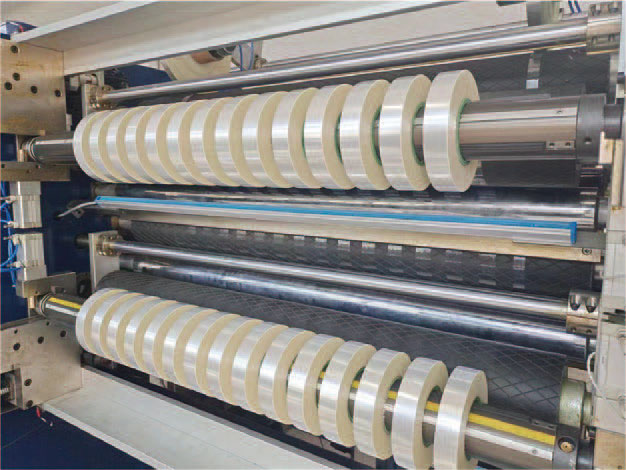
2. Precision slitting technology
• High-precision turret system: servo motor drives the cutter shaft, with linear guide, to achieve a cutting accuracy of ±0.005mm; Round knives or flat knives need to be adapted to film materials (e.g. PP, PET).
• Tension control: Closed-loop tension control systems (e.g. magnetic particle brake + tension sensor) ensure that the film is not stretched or wrinkled during slitting, especially for ultra-thin (<5μm) films.
3. Intelligence and automation
• Automatic deviation correction system: photoelectric or ultrasonic sensors monitor the edge position in real time, dynamically adjust the position of the coil, and avoid deviation.
• Intelligent diagnosis: integrated PLC and IoT modules, predictive maintenance (such as vibration analysis prompting bearing replacement) to reduce sudden failures.
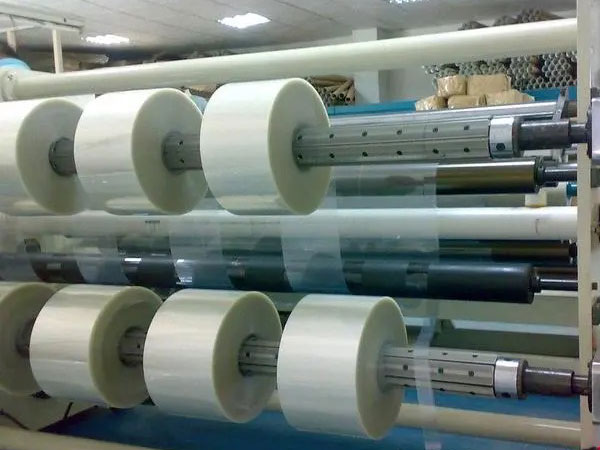
4. Heat dissipation and wear-resistant design
• Forced cooling system: the tool shaft is equipped with air cooling or water cooling to prevent high temperature deformation; The bearings are lubricated with grease or oil and fart, and are suitable for high-speed operation (>800m/min).
• Surface Treatment: Hard chrome plating or tungsten carbide spraying on critical contact surfaces for extended life.
5. Adaptation to the production environment
• Dustproof and anti-static: closed design + ionic air bar to avoid dust adsorption by the film; Humidity control (40%-60% RH) reduces electrostatic interference.
• Quick changeover: The electric adjustment mechanism realizes one-key switching of width and diameter parameters, and adapts to multi-specification orders (such as width from 10mm to 2000mm).
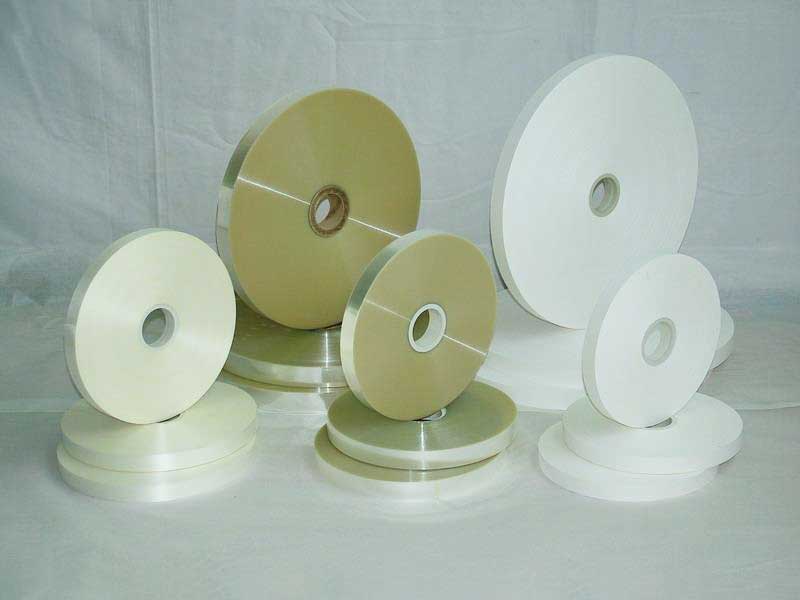
6. Testing & Validation
• Accelerated life test: simulates 72 hours of continuous full-load operation to verify stability.
• Dynamic balance detection: the dynamic balance level of the cutter shaft is below G1.0 to ensure high speed and no vibration.
7. Maintenance and Training
• Preventive maintenance checklist: regular tool replacement (per 1000 km cutting length), cleaning of optical sensors.
• Operator training: focus on tension adjustment parameter setting and abnormal noise recognition.
Case reference: A Japanese equipment manufacturer shortened the tool change time from 30 minutes to 5 minutes by driving the slitting knife with a linear motor, and increased the production efficiency by 22% with AI slitting parameter optimization.
Through the above comprehensive design, the slitting machine can meet 24/7 continuous production, and the MTBF (mean time between failures) can reach more than 5000 hours, while maintaining a yield rate of ≥ 99.8%.
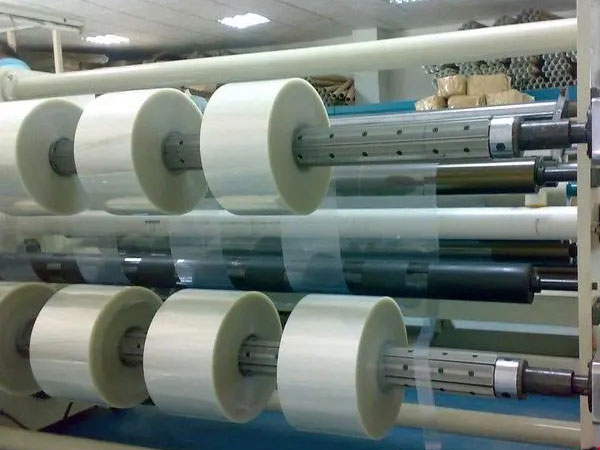
The tool holder driven by servo motor can achieve a positioning accuracy of ±0.01mm, reducing the burr on the edge of the film.
21. June, 2025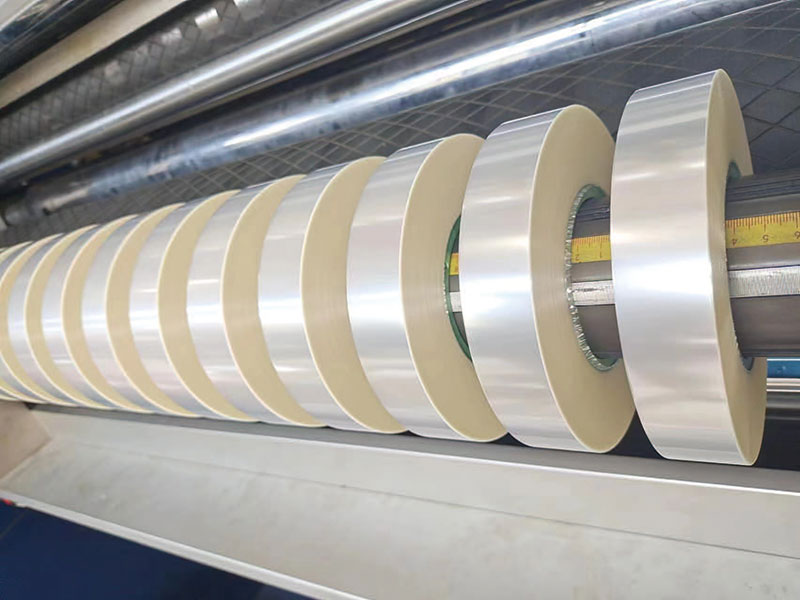
It has evolved from a single processing equipment to an intelligent production unit integrating perception, decision-making and execution.
20. June, 2025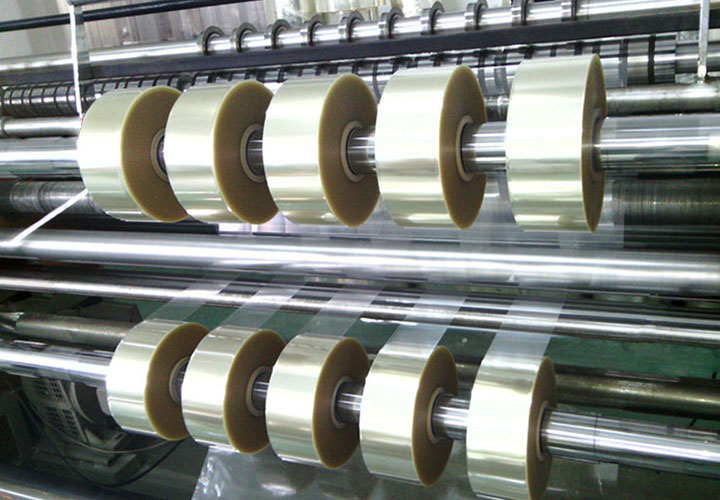
The following is a professional analysis from three aspects: technical characteristics, application scenarios and industry trends:
19. June, 2025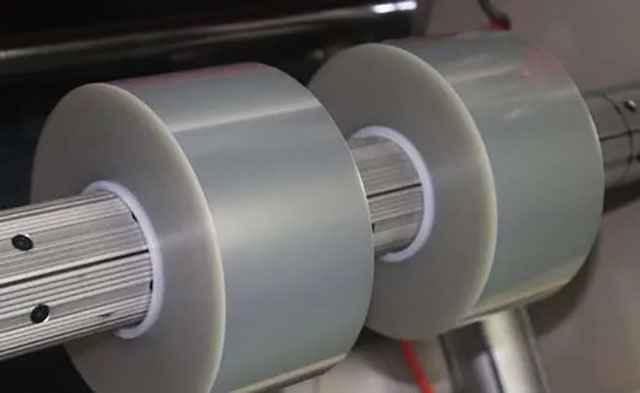
high-precision slitting (accuracy ± 1μm) and tension control (±0.5N) ensure that the film is not damaged.
18. June, 2025
The key to improving the productivity of capacitor film slitting machines is to optimize the tool change process and realize automatic adjustments
17. June, 2025